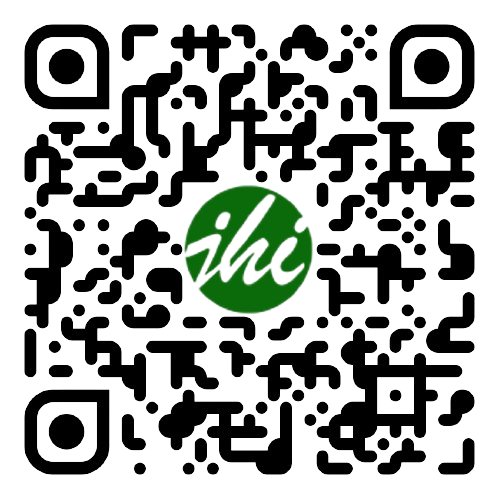Islamisasi Keluarga Vis a Vis Pembangunan Keluarga di Indonesia: Membaca Idealisme, Struktur, dan Relasi Gender dalam Keluarga dalam Pemikiran Mohammad Fauzil Adhim
DOI:
https://doi.org/10.28918/jhi.v15i2.931Abstract
This current study aims to discuss what the concept of family in the popular Islamic family literature written by Muhammad Fauzil Adhim is, why the concept is presented, how the theoretical framework is designed, and how the relevance of the concept to the family development regulation in Indonesia is. By carrying out qualitative content analysis of the literature, the research findings denote that that Adhim tries to explain the idealism of berkah (blessed) family, the structure of an extended family, and the proportional gender relation in family. He presents some ideas to revitalize Islamic family values as cultural movement of family Islamization. The writer constructs his theoretical framework based on textual approach and psychology. The Qur’an and Hadith are textually referred, whereas psychological approach is used to support the textual meanings, but it is not employed as a method of interpretation. Based on the well- designed theoretical framework, his thoughts tend to be conservative and demonstrate less relevance as well as responsiveness to the family development regulation in Indonesia.
Downloads
Published
How to Cite
Issue
Section
License

This work is licensed under a Creative Commons Attribution-ShareAlike 4.0 International License.
Jurnal Hukum Islam use a variety of waivers and licenses that are specifically designed for and appropriate for the treatment of data:
- Open Data Commons Attribution License, http://www.opendatacommons.org/licenses/by/1.0/(default)
- Creative Commons CC-Zero Waiver, http://creativecommons.org/publicdomain/zero/1.0/
- Open Data Commons Public Domain Dedication and License, http://www.opendatacommons.org/licenses/pddl/1-0/
Other data publishing licenses may be allowed as exceptions (subject to approval by the editor on a case-by-case basis) and should be justified with a written statement from the author, which will be published with the article.













.png)














